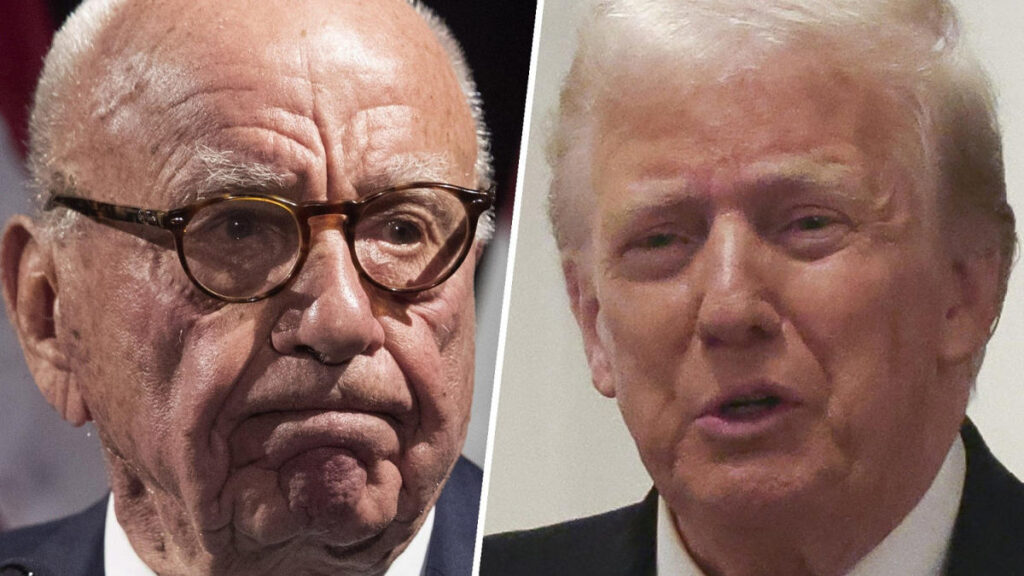In an important legal setback for Rupert Murdoch and his efforts to solidify the conservative editorial direction of his media empire, a judge criticized the Murdochs for allegedly acting in bad faith. This ruling, which notably impacts key outlets such as Fox News, the New York Post, and the Wall Street Journal, signifies a crucial moment in the ongoing influence of Rupert Murdoch on American media. As the leader of a vast media conglomerate, Murdoch’s intention has been to ensure that his sons, particularly Lachlan Murdoch, maintain control over the conservative messaging that shapes Republican ideologies and the broader MAGA movement.
The implications of this legal decision are far-reaching, suggesting potential instability within conservative media circles. Angelo Carusone, the president and CEO of Media Matters, engaged in a discussion with Alex Wagner regarding the significance of the ruling and its effects on the future trajectory of conservatism in the U.S. The ruling not only highlights the internal dynamics of power within the Murdoch family but also raises questions about the editorial independence of the outlets under their control. As these platforms are instrumental in propagating conservative narratives, the judgment could influence both the operational strategies of these media entities and the content they deliver to millions of viewers and readers.
Carusone emphasizes that the judge’s ruling could indicate deeper issues regarding accountability and transparency within the conservative media landscape. If the Murdochs are indeed acting in bad faith, as the judge suggests, it calls into question the legitimacy of the narratives pushed by their outlets. This may have repercussions on the audience’s trust in these media properties and spark conversations about ethical journalism in conservative circles. Additionally, it forces a reevaluation of the mechanisms by which these outlets construct their stories and present their editorial slants, potentially leading to a decline in the effectiveness of their messaging.
Moreover, this ruling could alter the relationship between conservative media and political movements such as MAGAism. The interplay between popular conservative figures and the media has always been a defining characteristic of the American right. Carusone argues that if the Murdochs cannot provide a united front in their editorial strategies, they may fail to support the MAGA movement as strongly as before. This could lead to fragmentation within conservative audiences, as differing opinions and narratives emerge from various factions of right-wing media. Consequently, the ruling has the potential to disrupt the cohesion that has been characteristic of the conservative movement in the past few years.
Looking ahead, the future of conservatism in the United States may hinge on how the Murdoch family responds to this judicial setback. Whether Lachlan and his father will adjust their strategies or continue on the same path remains uncertain. In the discussion with Carusone, the notion of a power struggle within the Murdoch empire was raised, suggesting that both family loyalty and business interests could reshape the company’s direction in unforeseen ways. The court’s critique might serve as a wake-up call, prompting an internal overhaul or leading to more aggressive maneuvers to maintain their conservative grip on media narratives.
In conclusion, the recent ruling against Rupert Murdoch poses critical questions regarding the future of conservative media in America. The judge’s comments about bad faith raise alarms about the integrity of the editorial direction the Murdochs attempt to impose on their platforms. As the discussion between Carusone and Wagner highlights, this legal challenge could have profound implications for how conservatism, particularly the MAGA movement, evolves in response to internal conflicts and changing audience demands. The outcome of this power struggle may very well determine the path forward for conservative media and its ability to shape political discourse in the United States.

